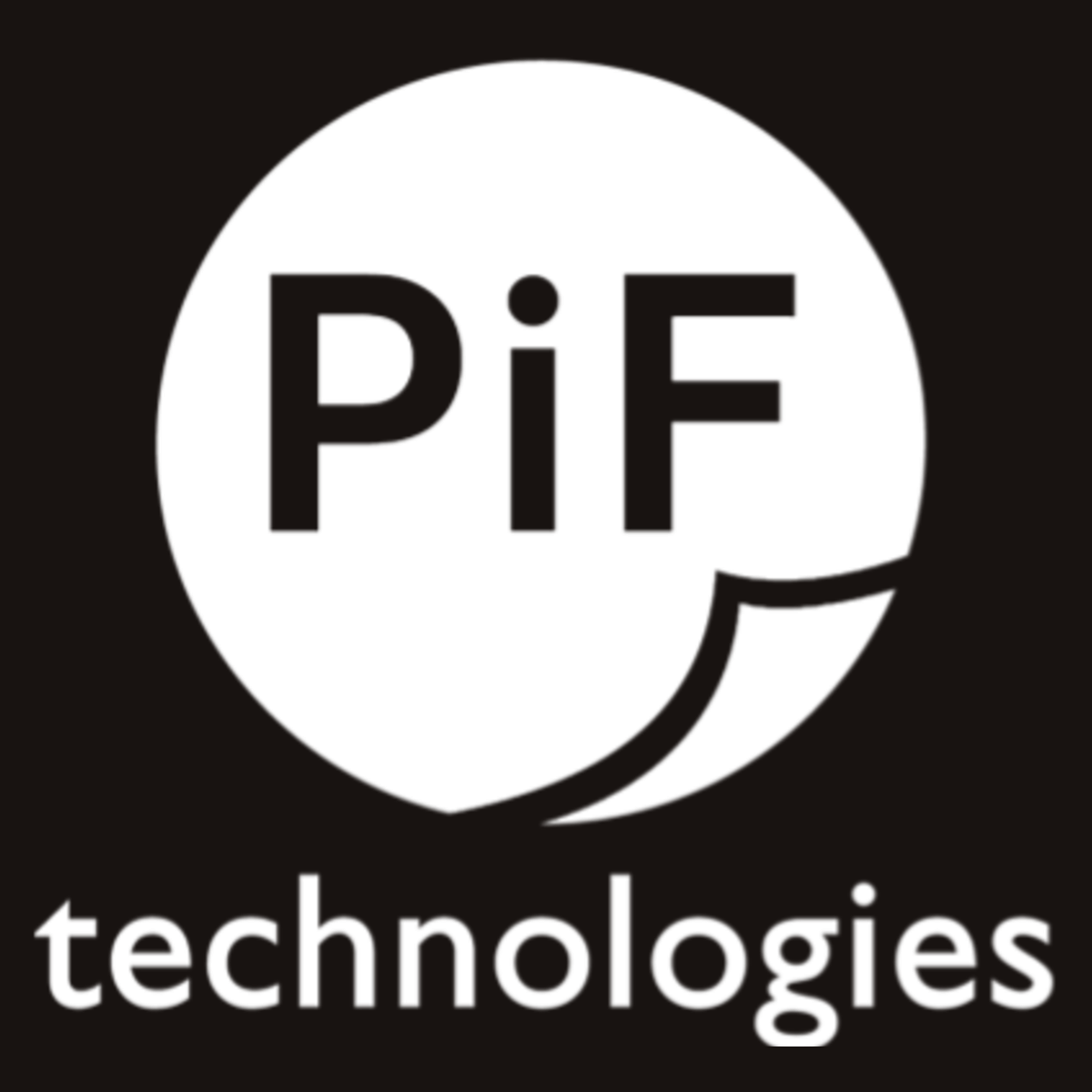Per IBM, the average cost of a data breach was the highest on record in 2023, at a staggering $4.5 million. It’s becoming more and more well-known that not only are large corporations the target of this breach, but small and mid-sized organizations are becoming increasingly targeted in these attacks.
The nature of cyber breaches is quickly advancing as new technologies give these hackers tools to execute sophisticated attack plans. A recent notable example of this is a finance employee based in Hong Kong who was subjected to a video call of supposed colleagues, all deep fakes that mimicked the voice and appearance of the actual employees. This led to $25.6 million (USD) being sent to the malicious actors, who the employee had believed to be the organization’s Chief Financial Officer and other financial employees.
As threats grow more complex, the need for a clear security plan becomes more and more apparent for organizations.
What are some common threats facing small and mid-sized organizations in 2024, and how can moving their documents and data to the Cloud help mitigate these risks?
Prevalent Security Risks
A new statistic that has become a growing concern for organizational leadership is the sheer number of cyber threats due to human error, with statistics showing that they make up for anywhere from 80-95% of attacks. Phishing, specifically through email, is typically one of the most common ways malicious actors enter an organization. Through deceptive language and spoofing organizational emails, employees may download dangerous attachments or disclose sensitive information.
When employees use unauthorized programs or unsecure practices, sensitive documents can be exposed to unauthorized parties without the proper systems and controls, creating a massive security gap for organizations. Employees with malicious intent may help orchestrate these cyber attacks, using known security vulnerabilities to gather and distribute sensitive information.
The third-party tools your organization already utilizes can be a significant risk, and inadequate endpoint security in devices such as laptops, tablets, smartphones, and even copiers, can be vulnerable entry points to hackers. Using unsecured file-sharing services or practices without the proper access controls and encryption can expose documents to unauthorized parties, and when this data isn’t backed up it can be lost almost instantaneously.
As security risks continue to rise and organizations become more vulnerable, what is the best course of action for businesses with sensitive information that needs to be protected? Move your organization to the Cloud.
In technical terms, cloud computing refers to the provision of computing power, databases, storage, applications, and other IT resources over the Internet, characterized by a pay-as-you-go pricing model.
As an Amazon Web Services (AWS) partner, PiF provides Cloud computing services through its platform. It is equipped with the necessary tools and expertise to migrate your organization to the Cloud seamlessly.
AWS is a secure cloud services platform that offers a plethora of functionalities, including data storage, computing power, content delivery, and more, facilitating the scalability and expansion of your organization. Despite its clientele, which includes over 90% of Fortune 100 companies, it offers these same services to small and mid-sized organizations at a cost well within reach. In addition to the security built into AWS’ infrastructure, PiF Technologies is SOC2 compliant, meeting standards developed by the American Institute of CPAs (AICPA) based on Trust Services Criteria: security, availability, processing integrity, confidentiality, and privacy.
Why move to the Cloud?
When considering shifting to the Cloud, examining the risks and challenges associated with maintaining an On-Premise infrastructure is just one aspect of the decision-making process. There are countless advantages to moving to the Cloud that can also help influence the decision.
Most notable among these benefits is the heightened security, data protection, and recovery features inherent in Cloud hosting. Beyond typical security measures, many organizations must adhere to rigorous compliance standards such as FedRAMP, FISMA, ITAR, and other government security benchmarks. Within the realm of Amazon Web Services (AWS) Cloud, the AWS GovCloud is an enhanced layer of security designed to accommodate U.S. government agencies and clientele, enabling the storage of sensitive data in the Cloud while addressing their specific regulatory and compliance requisites. AWS GovCloud operates as a secluded Cloud environment staffed solely by U.S. citizens on U.S. soil, granting accounts solely to individuals affiliated with government agencies and their contractors.
Beyond bolstering security to meet compliance standards, the Cloud provides robust disaster recovery options seamlessly integrated into the system. This proves fitting in ensuring business continuity and safeguarding data integrity in the face of unforeseen disasters, presenting a substantial edge over potentially compromised on-premise servers. Automated backup mechanisms and inherent redundancy significantly reduce the risk of data loss.
The decision to migrate to the Cloud is strategic, enabling organizations to adapt to the dynamic landscape of technology. The Cloud’s scalability ensures it aligns with organizational requirements, fostering agility as opposed to maintaining applications and data in isolated silos.
Recognizing the demand for remote access to systems and data, employees and employers can benefit from the Cloud. Employees can securely access essential applications and data from any location, enhancing operational efficiency and visibility. This proves particularly beneficial for organizations with a dispersed workforce. In contrast, relying solely on On-Premise hosting can pose challenges for employees accessing necessary resources, often necessitating intricate channels for even the simplest tasks.
While storing documents on the cloud provides enhanced security, organizations must still actively manage access controls, educate users on secure practices, and regularly review and update security configurations. It’s essential to choose a reputable cloud service provider, implement best practices for cloud security, and stay informed about emerging threats and updates to ensure a strong and resilient document security posture.
Use Case: Securing Documents with the Cloud
One of PiF’s customers moved their documents to the Cloud with PiF for security purposes. The customer, an industrial equipment supplier had been a PiF Document Management customer for over 20. For years they understood the importance of keeping documents in a centralized repository, and their needs naturally evolved to require a higher level of security for their data.
Their System Administrator had experience with Level 2 PCI DSS (Payment Card Industry Data Security Standard) that naturally lent itself to prioritizing their data security.
“We have internal IT, and while we’re taking care of our cyber security, we can only be heavily monitoring so much as a small office and small business,” they said. Small businesses are three times as likely to be hit in a cyber attack, so these organizations urgently need to address sensitive data. “The security background I had indicated that we needed to look better at that.”
For our customer, there were documents and information that specifically needed to be protected. “We didn’t have crazy amounts of PII (Personal Identifiable Information) in there, but there could be little, small pieces of information that could have something happen to it.”
Their documents were already secure in the Document Management system PiF implemented years ago, but by hosting their system in the Cloud, they could add a layer of security. When asked if they considered moving to any other system, they said, “There was no point in moving any of our documentation. So there was no other research into other systems.” Once they chose to move forward with their project, “there was just an easy signing, and then we moved on with it. PiF provided their security backing documentation, and instantly I was like, that’s enough for what we use it for.”
They now maintain their documents and data within a Document Management system hosted in PiF’s Cloud and can access them securely from anywhere.
When is the right time to implement Cloud hosting, and how do you do it?
Determining the right moment for transitioning to the Cloud can be daunting for organizations, but leaders can streamline the decision-making process by assessing various factors. Key indicators signaling the right time for migration include growing storage needs, security concerns, scalability requirements, compliance obligations, cost considerations, and disaster recovery needs. The Cloud is an ideal solution for organizations grappling with storage limitations, offering flexibility to scale alongside organizational growth, and for organizations that need to align with specific regulatory standards like FedRAMP and ITAR; it can make meeting those compliance needs easier.
The Cloud also provides a cost-effective alternative to on-premise infrastructure, reducing overhead expenses and enhancing disaster recovery capabilities through automated backups and redundancy features. Before embarking on the Cloud migration journey, it is imperative to conduct a comprehensive assessment of organizational needs, existing infrastructure, and security requirements.
As an Amazon Web Services partner, PiF Technologies offers expertise in facilitating seamless Cloud transitions, starting with consultations to identify suitable workloads for testing and determining cost estimates through tools like the AWS Application Discovery Service. To explore how AWS can optimize your organization’s data storage and security, schedule a demo with PiF Technologies to kickstart the conversation and begin your successful Cloud adoption journey.







